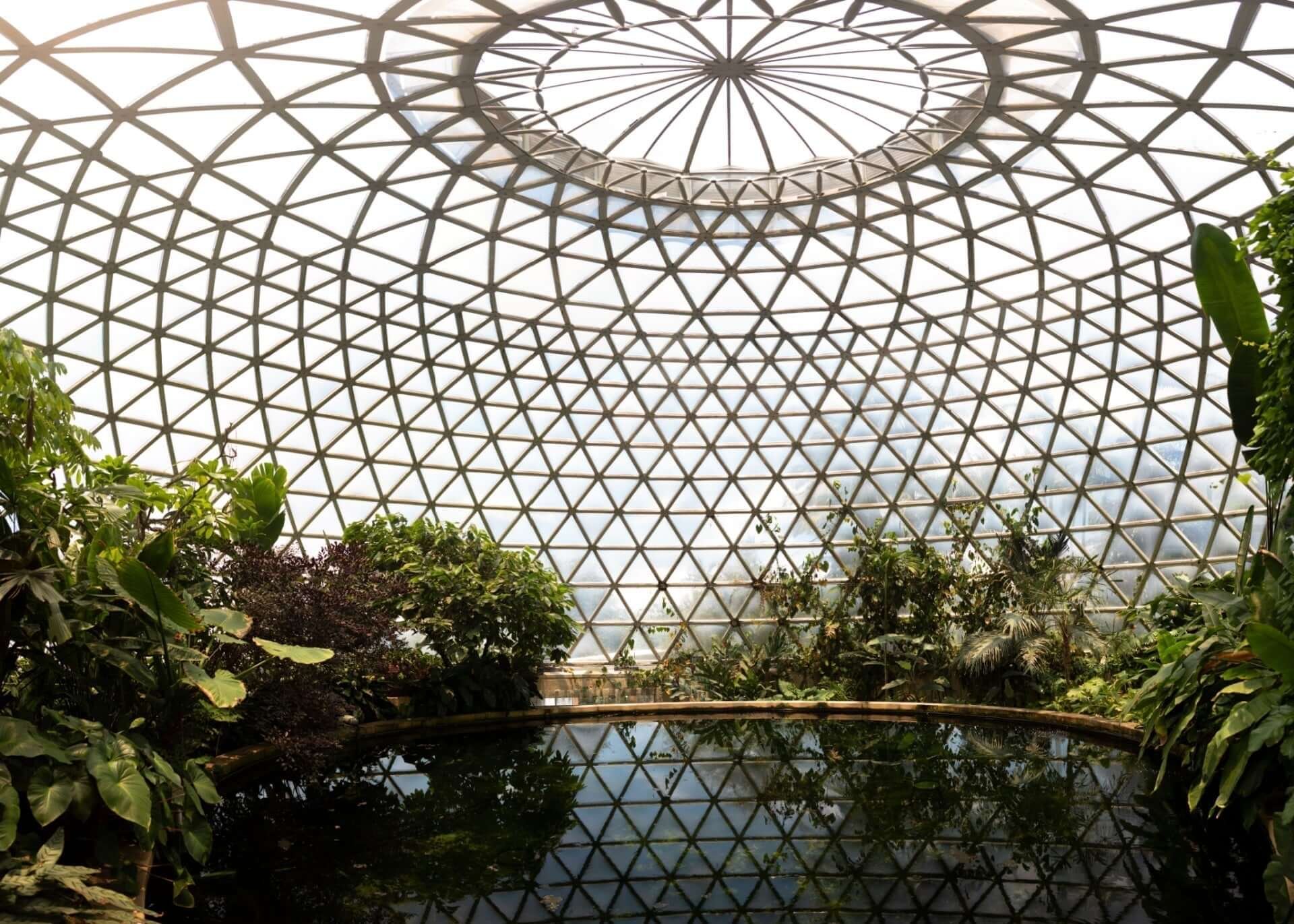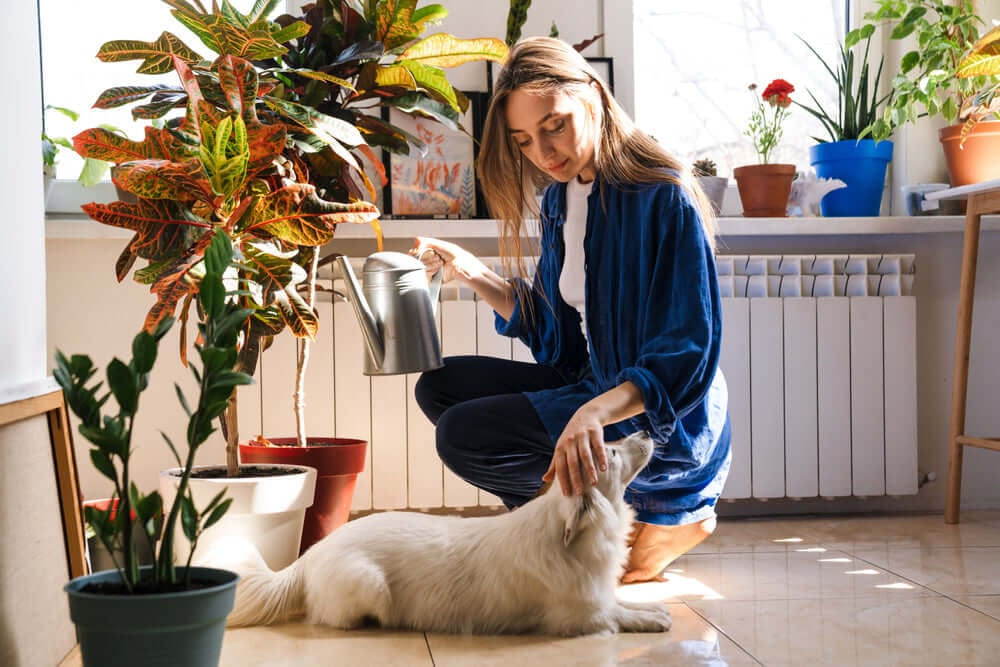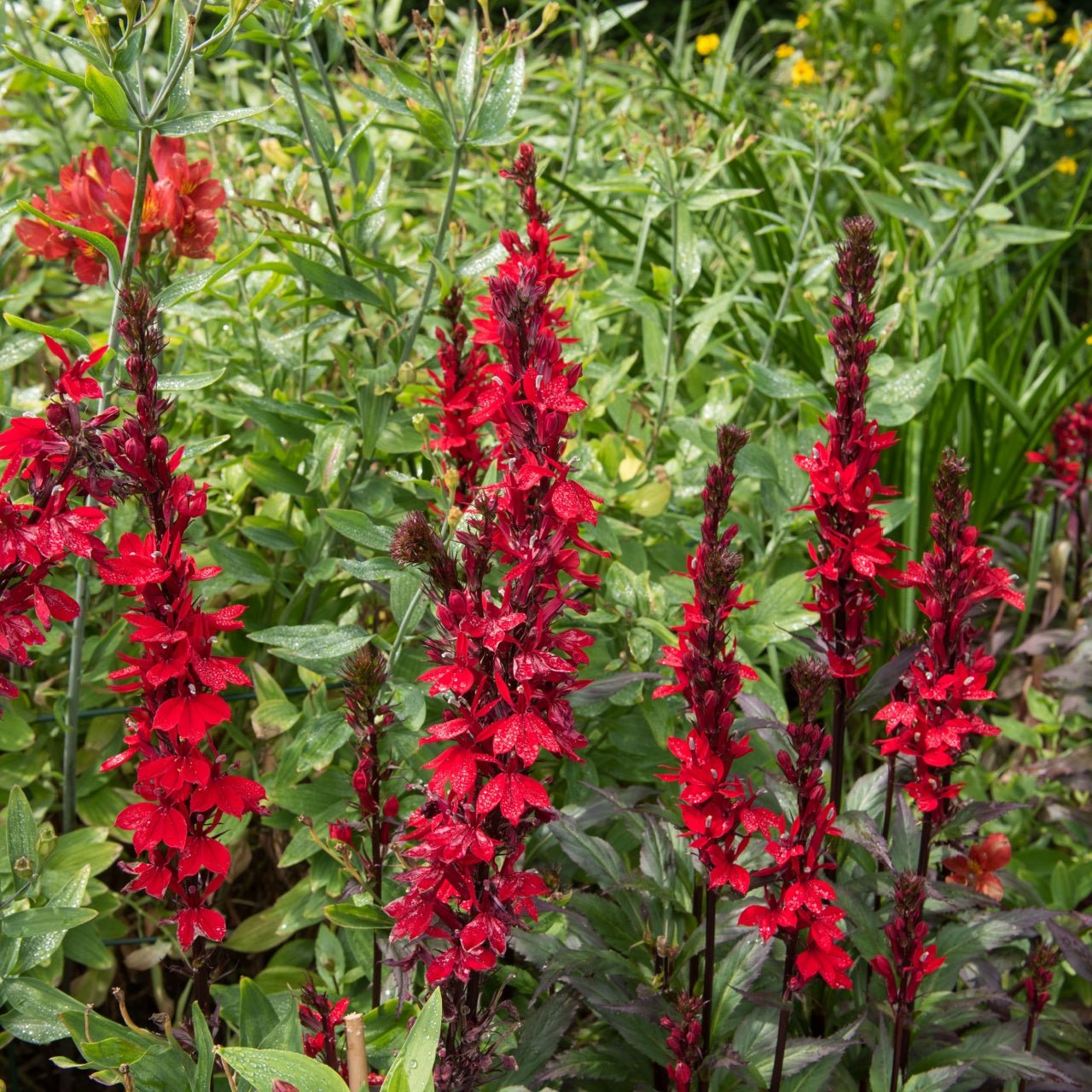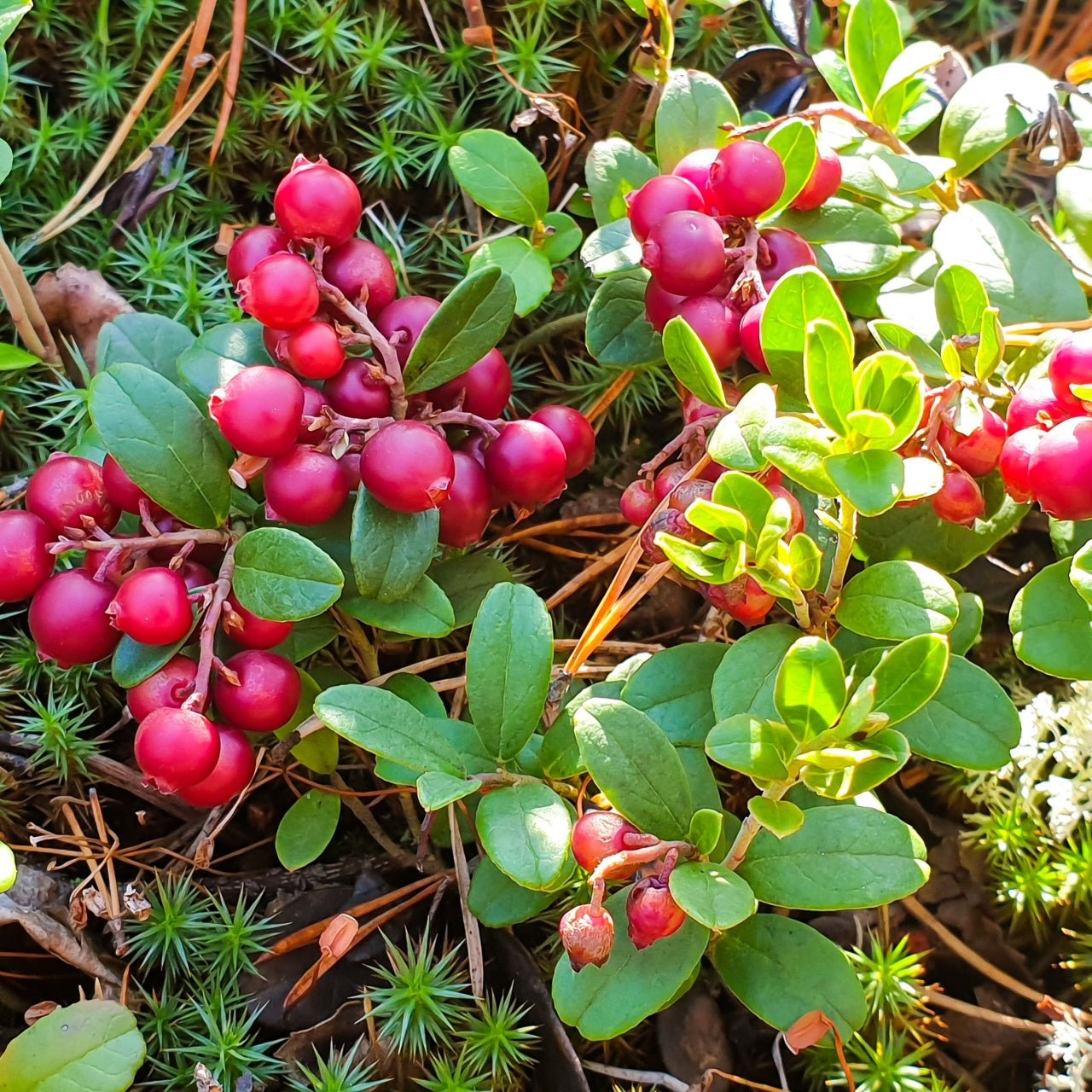A Blend of Style and Utility
A garden shed is no longer a mere tool and materials warehouse. It is a place of living for contemporary gardeners, adding to the space outdoors in a fashionable, functional, and organic way. It's a pretty wooden structure set in the shade of some flowers, a romantic refuge. These sheds are all over the place, used to store gardening tools, as a potting station, or even as a place of refuge.
Your garden shed design is the first thing you will see of your backyard oasis. You may choose rustic charm with stained wood and a pitched roof or modern minimalism with sharp lines and neutrals. The material is essential; wood says rustic and old, and metal says durability and modernity. If you plant climbing plants such as wisteria or trumpet vine, it makes your shed appear to be connected to the outdoors. These climbers are evergreen and give you a gorgeous look. They add seasonal flowers, making your shed an attention grabber in the garden.
Order is the secret to making the area efficient and friendly inside the shed. Disabled shelving and labels on jars of seeds or smaller objects make things tidy. Add a potting bench to one wall to get at soil, trowels, and planters in seconds. To be even more cozy, you can also make a little seating. Suppose you're drinking tea alongside scented lilac shrubs or Stella D'Oro daylilies, which are in bloom around you and whose color shimmers in the windowpanes of your shed.
Incorporating Native Plants into Your Shed's Landscape
Not only will a garden shed be beautiful when landscaped around it, but the natural environment there will also be better. Native plants are in their native habitat, need less care and water, and will also attract pollinators such as bees and butterflies. You might surround your shed with large dramatic trees like River Birch or White Pine for shade and visual balance. The trees are big and beautiful, and with good stature, they anchor the site, and the shed is almost part of the land.
If you like riotous blooms, plant Monarda Bee Balm and Cardinal Flower, which bring red and pink to attract hummingbirds and butterflies. There's a hedge of Evening Primrose to soften things, their golden-yellow blooms burning at sunset. Add decorative grass, purple love grass, and Pampas grass around the shed for an edgy bounce and whimsical flair when the feathers dance along the wind.
Groundcovers such as Ajuga and Partridge Berry bring the whole scene together. These plants shade adobe with foliage and suppress weeds. These plants are functional and beautiful, so your garden shed is an aesthetic element of the landscape. Or go wild and plant Jack in the Pulpit or Solomon's Seal in the shed. They are striking, sculptural, and woodland-style, great for naturalistic garden lovers.
Creative Uses for Your Garden Shed Beyond Storage
Garden sheds are better than just a storage contraption for many things. A good-looking shed can be a a hobby/creative workspace, indoor study, or guest suite. What's important is to treat your shed like a second house that is a reflection of you.
If you love to garden, make the shed into a potting studio where you can have fun with your hobby anytime. Have a skylight or large windows that let in some light, making propagating Monstera or repotting Begonias fun. Plant the shed around it with low-maintenance perennials such as Blanket Flower or Gayfeather Liatris to keep it inviting during the seasons.
If you desire a more peaceful activity, you can meditate or relax in your garden shed. Paint it with gentle lights, a good chair, and fragrant plants such as Mock Orange or Yarrow for a relaxing feel. Add local ferns like Christmas Fern or Ostrich Fern to the entrance for added peace, the green fronds blurring the building's edges and merging it with the environment.
Turn the shed into a little outdoor bar or restaurant if you love entertaining. You can dress it up by covering it with an arrangement of hydrangeas or lilacs and even some useful herbs, such as lavender and thyme, which you can put near fresh herbs for cocktails or dishes.
Last but not least, consider seasonal decor to keep your shed interesting throughout the year. In the spring, a brightly colored border can be set with rows of daffodils or tulips, and in autumn, the fiery color of native trees such as Sourwood or American Holly can be used. There's always a time of year to update the environment of your shed so that it stays an heirloom in your yard.
Design it well, plant it properly, and you will have a garden shed that's the beating heart of your yard. Be it a studio, home away from home, or social gathering spot, when imagination meets nature, there is no limit to what's possible.
Read more

New York Botanical Garden (NYBG) in the Bronx is one of the most popular botanical gardens in the US. On 250 acres, it houses a beautiful museum of more than a million plants. NYBG is famous for it...

If you love your pets, a beautiful and safe garden is the most important thing. Green and blooming will brighten any space, but not all plants are harmless to our furry friends.





